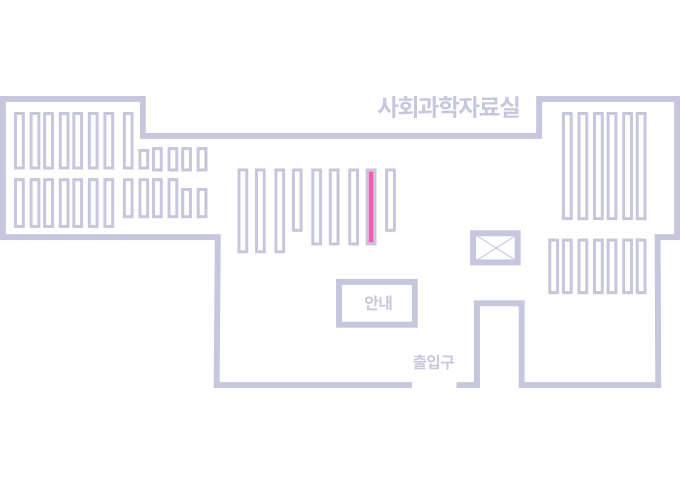권호기사보기
| 기사명 | 저자명 | 페이지 | 원문 | 기사목차 |
|---|
| 대표형(전거형, Authority) | 생물정보 | 이형(異形, Variant) | 소속 | 직위 | 직업 | 활동분야 | 주기 | 서지 | |
|---|---|---|---|---|---|---|---|---|---|
| 연구/단체명을 입력해주세요. | |||||||||
|
|
|
|
|
|
* 주제를 선택하시면 검색 상세로 이동합니다.
Title page
Contents
Abstract 2
1. Introduction 4
2. Background 7
3. Theoretical Framework 11
4. Data 13
5. Empirical Strategy 15
6. Results 17
6.1. Means Difference Tests 17
6.2. Main Results 18
7. Conclusions 24
References 25
Annex A 37
Table 1. Children's anthropometrics prior to the influx of refugees (refugees Vs. non-refugees receiving areas) 30
Table 2. Difference in mean of children's and mothers' outcomes before the refugees' arrival in 1991/1992 (0-5 Vs. 6-16 years old cohorts) 31
Table 3. Height for age Z score (HAZ) Equations 32
Table 4. Stunting (Prob (HAZ〈-2SD)) Equations 33
Table 5. Placebo Tests 34
Table 6. Labor Force Participation of Grandmothers and Grandfathers by 1996 35
Table 7. Labor Force Participation, Education and Assets of Mothers and Fathers in 2015/2016 (Model 6.1) 35
Table 8. Under five years old children's anthropometric in refugee areas in 1996 (after) as compared to 1991 (before the influx) 36
Annex Tables
Table A1. Distribution of refugees and hosts in the most affected clusters of Kasulu, Ngara and Karagwe between 1992 and 1994 41
Table A2. Distribution of refugees and hosts in the most affected clusters of Kasulu, Ngara and Karagwe between January 1995 and January 1996 42
Table A3. Definition of variables 43
Annex Figures
Figure A1. Location of Refugee Camps in Northwestern Tanzania 37
Figure A2. Definition of Treatment and Control Groups and Age Cohorts 38
Figure A3. Location of Refugee Camps and DHS clusters in Northwestern Tanzania 39
Figure A4. Number of Refugees hosted in Tanzania from 1990 to 2005 40
Figure A5. Distribution of refugees and hosts in the most affected clusters of Kasulu, Ngara and Karagwe between 1992-1994 41
Figure A6. Distribution of refugees and hosts in the most affected clusters of Kasulu, Ngara and Karagwe in January 1995 and January 1996 42
*표시는 필수 입력사항입니다.
| *전화번호 | ※ '-' 없이 휴대폰번호를 입력하세요 |
|---|
| 기사명 | 저자명 | 페이지 | 원문 | 기사목차 |
|---|
| 번호 | 발행일자 | 권호명 | 제본정보 | 자료실 | 원문 | 신청 페이지 |
|---|
도서위치안내: / 서가번호:

우편복사 목록담기를 완료하였습니다.
*표시는 필수 입력사항입니다.
저장 되었습니다.